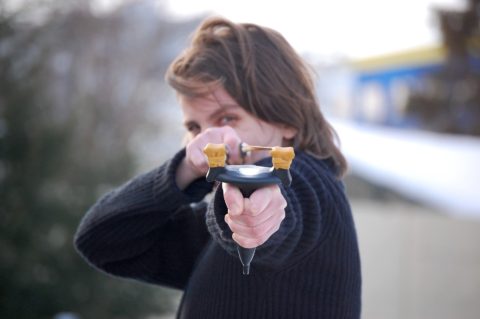The Blog
Body Slings
Posted 20 November 2017 in Training

There are muscle groups in our body (inner and outer), which help stabilise your spine. The inner muscles are your pelvic floor, transverse abdominus, multifidus, diaphragm and psoas, while the outer, consist of large superficial muscles that are connected and functionally related. This outer sling system works together to help with the transfer of load through tension sharing.
There are 4 main ones we use.
Posterior Oblique Sling
– This consists of the latissimus dorsi, opposite gluteus maximus and thoraco lumbar fascia. This helps to stabilise the pelvis, sacroiliac joint and low back and slow down trunk rotation and hip and shoulder flexion.
Anterior Oblique Sling
– This consists of the adductors, internal oblique and opposite external oblique, with some tissue that connects to the pubic symphysis and abdominal fascia. This works with the posterior oblique sling to help with pelvic stability, stabilizing the body on top of the stance leg when rotating the pelvis during walking and when doing rotational movements in standing.
Deep Longitudinal Sling
– This consists of the back muscles, deep laminae of the thoracolumbar fascia, gluteals, sacrotuberous ligament, hamstring and peroneus longus. It assists with rising from a bent over position. Lifting objects off the ground and slowing down the hip and trunk when running.
Lateral Sling
– This consists of the gluteus medius and minimus, TFL, ipsilateral adductors and contralateral quadratus lumborum. This sling acts to stabilize the pelvis when standing on 1 leg and help propel the body into side ways movement.
By challenging these slings, we create full body movements, avoid overtraining muscles, challenge movements in multiple directions and with the appropriate amount of weight and allow for initiation of upper body movements with the trunk and lower limbs for an effective force production. Call the clinic to see how we can integrate functional training and the sling principle into your exercise program and help you stay injury free.


